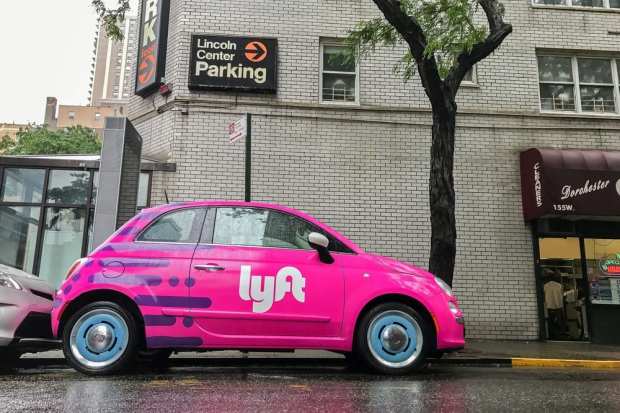Lyft Ridership Up 3 Pct Even With Quarantine

Lyft reported an increase in active riders in the first quarter of 2020 with 21,211, up 3 percent year over year. But that number fell some 75 percent in April amid the coronavirus pandemic, according to CNBC.
Lyft‘s revenues saw a jump of 23 percent, with $955.7 million, as opposed to $776 million in 2019.
The company had a net loss this year of $398.1 million compared to a net loss of $1.1 billion for the same time period last year. Lyft said the losses came from stock-based compensation and payroll tax expenses, along with tens of millions of dollars going toward insurance liability costs.
Lyft also reported $2.7 billion in unrestricted cash, cash equivalents and short-term investments at the end of Q1.
The company, like others of its kind, has been affected by the coronavirus, but Co-Founder and CEO Logan Green said the company is going to emerge stronger than it was previously due to a cost-reduction plan that will allow it to operate with less expenses.
Chief Financial Officer Brian Roberts said the company expects to remove around $300 million from its annual expense run-rate by the fourth quarter of the year. Roberts said the company is working to reduce expenses and EBITDA (earnings before interest, taxes, depreciation and amortization) losses, as well.
Lyft, as with rival Uber and other such ride-hailing companies, has seen its base of revenue depleted during the pandemic as people don’t want to use the services to travel anymore. That has affected many of the drivers for such companies, who have found themselves unemployed and unsure of what benefits they even qualify for due to their contract-worker statuses.
Lyft has faced a lawsuit from the California Attorney General over the classification of workers as contractors rather than full employees. Uber was also named in the same lawsuit.
Lyft has responded with a new grocery delivery program, answering the needs of customers who are having more meals delivered via mobile apps rather than going out themselves. Lyft’s service works the same as its regular ride-hailing service, with payment amounts based on how far one drives and how long a job takes.
Despite the sunny forecasts from the executives, Lyft has been hurting during the pandemic, with its cost reduction plan including layoffs for 982 employees, furloughs for another 288, and cuts to executive pay.
